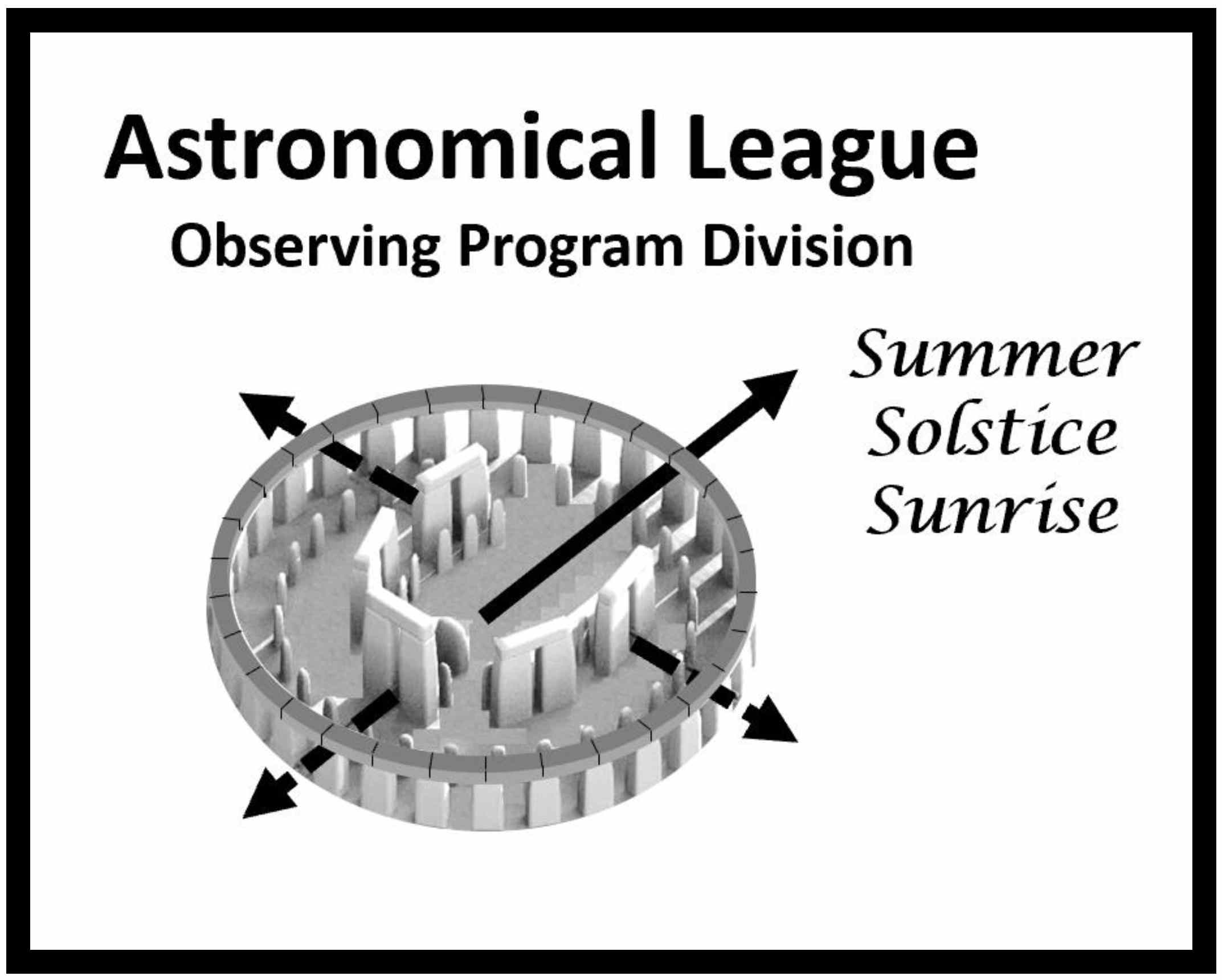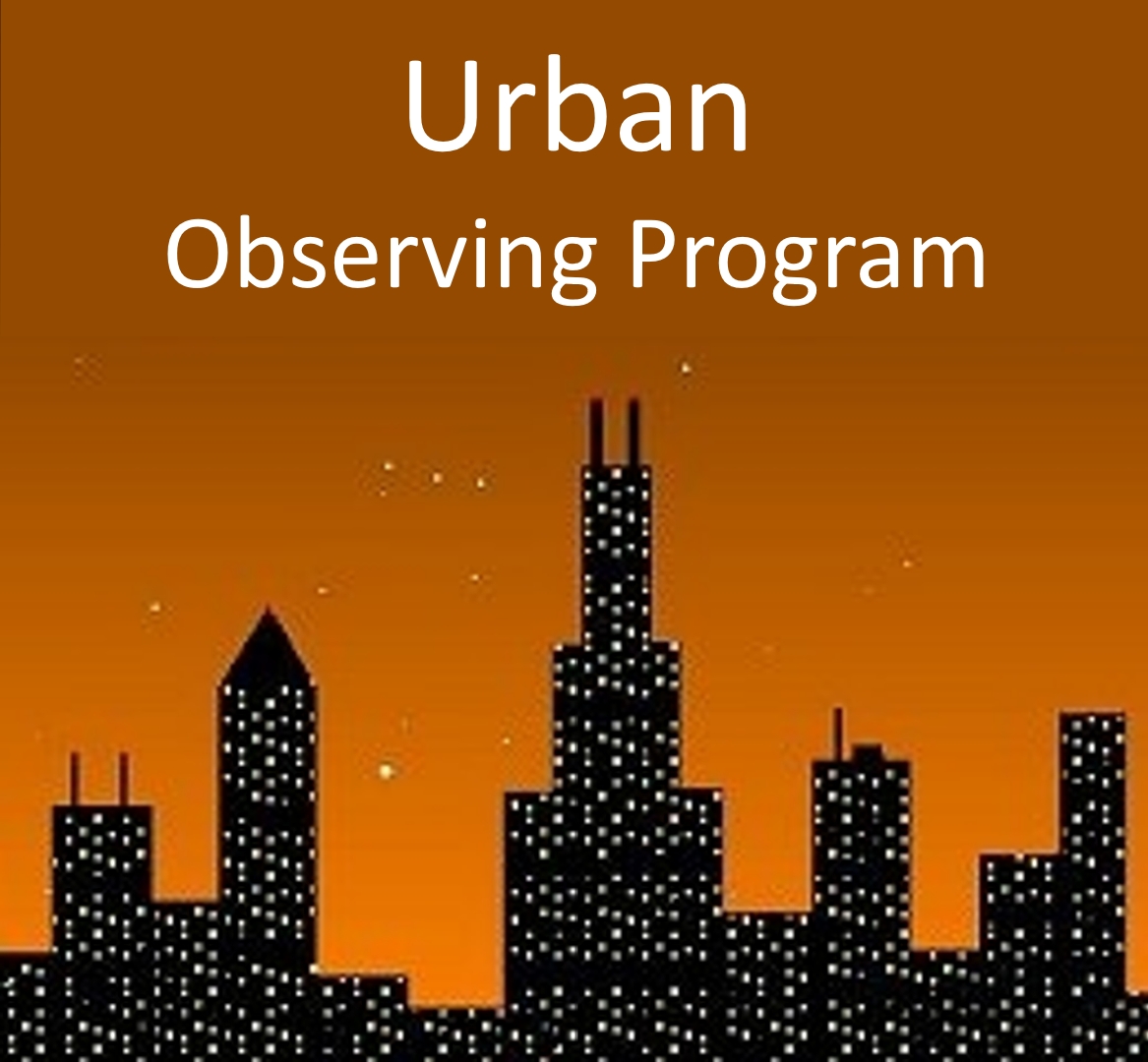Urban Observing Program Coordinator:Richard Benson |
  |
Tips for Observing in Light Polluted Area
Compiled by: Ken E. Boquist, Bill Geertsen, David Hasenauer, Lee Maisler, Chris Randall, Roberto Torres, John Wagoner
Sometimes it can be difficult observing in heavily light polluted skies. But by following a few procedures, your observing session can be more enjoyable and more rewarding. The following are tips that our crack team of observers offered to help increase your satisfaction in observing in light polluted areas.
- Observe during new moon. Just like observing in dark skies, the moon adds light to the night sky and reduces contrast.
- Observe after 11:00 p.m., Many stores have closed by this time, and because they turn off their lights, a city’s light glow is reduced considerably.
- Observe after 1:00 a.m. After the stores have closed, most shoppers and workers have gone home which means that there is a lot less traffic on the streets and freeways, and light pollution is reduced.
- Ask your neighbors over for an observing session. After seeing the effect of light pollution on observing, they will be more cooperative in turning off their lights for you.
- Try to catch your target objects straight overhead. This is always the darkest part of the sky.
- Select the right objects to observe. Magnitude is not everything. A bright galaxy may be invisible, whereas a dim planetary may be easily seen. Small, high surface brightness and stellar objects are easier to observe than large, diffuse objects.
- If you have an altazimuth mount (Dobsonian), try to observe near the meridian. Up-down, left-right motions translate into north-south, east-west motions and makes following a path on a star chart easier.
- Observe after 10:00 P.M.. This gives the dust and water in the air a chance to settle. Dust and water reflect light that can turn a good night into a bad one.
- Pay close attention to the weather. Cool, dry nights are best at any location, but are more pronounced in the city.
- Learn to read the quality of the sky by the observing of stars with the naked eye. A clear night might seem perfect for observing, but may in fact be bad for viewing if the seeing is not good.
- Observe after a rain storm. The skies appear darker as light is no longer reflected off of dust particles in the air.
- Observe after a cold front has come through. The air is more stable and the air pollution has been blown out.
- Use a dark cloth to cover your head and eyepiece to shield them from stray light.
- Use a dew shield on your telescope to shade it from stray light.
- Clean and collimate all optics. Dirty optics scatter light.
- Light pollution and O-III filters are good for planetary and emission nebulae.
- Use a pirate’s eyepatch to keep out stray light.
- Pick the darkest section of your site and make an extra effort to block out stray light. Using a light baffle made of a tarp and tent pegs help, as well as a three-sided wall made out of cardboard. Try to make the immediate area around your site as darkened and non-reflective as possible. Use existing structures and foliage to block the direct view of lights.
- A right-angle finder with amici prism under a dark cloth is helpful for finding objects.
- Setting circles are a great aid for finding difficult objects, especially when those objects are quite some distance from a naked eye star.
- A good star atlas, a pair of binoculars, and a one power finder (e.g., Telrad) with a template for that finder, are important for finding objects in bright, low contrast skies. Telrad-hopping can sometimes be easier and just as useful as star-hopping with a finder. Viewing the sky through your Telrad with binoculars is also a nice trick.
- Use earphones or a radio to mask neighborhood noise. Noise can be very distracting.
Finally, attitude is very important. Any observing is better than no observing or TV.



